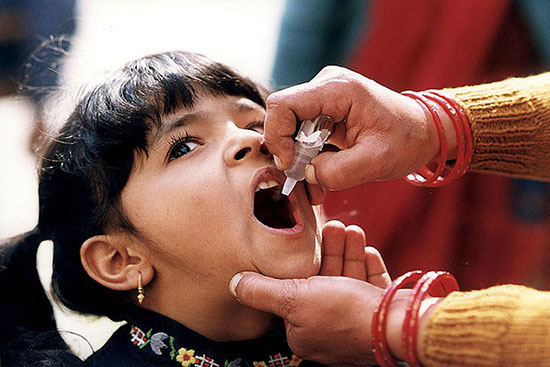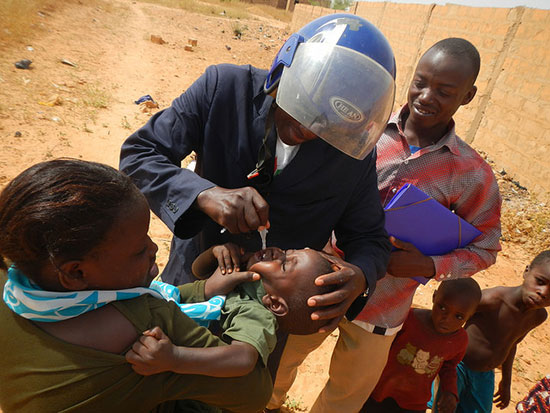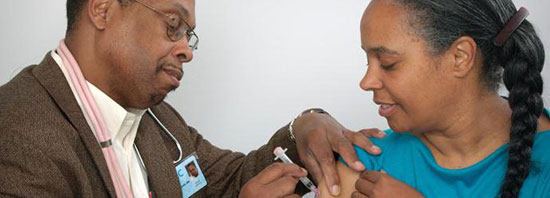Polio and Mathematics
by Andrew Boyd
Today, mathematicians ask, "should we rid the world of polio?" The University of Houston's College of Engineering presents this series about the machines that make our civilization run, and the people whose ingenuity created them.
The word "polio" once struck fear in the hearts of parents. It's an infectious disease leading to many complications, one of the most common being paralysis of the legs. By the mid-twentieth century polio crippled thirty-five thousand people each year in the U.S., mostly children. Even today, there exists no cure. But vaccines are very effective, and by 1979, thanks to widespread vaccination efforts, the U.S. was declared polio free.
The U.S., however, is only a small part of the global population — about four and a half percent. And in 1988 the World Health Assembly launched the Global Polio Eradication Initiative, an effort aimed at eliminating polio worldwide. By 2006, two and a half billion children in two-hundred countries had been vaccinated. The result: reported cases dropped 99 percent. Only one problem remained. The remaining cases — a couple of thousand per year — were proving very difficult to stamp out.
And herein lay the difficult question: was eradicating polio worth the expense? On the surface the question seems unbelievably callous. A single preventable case is a tragedy. But there are tradeoffs. Over a half million people die annually from malaria; three times that many from AIDS related causes. Could the expenditure for eliminating polio be justified?
Enter the mathematicians — specifically, individuals versed in analytics. Policy options were developed. Where and when would vaccines be administered? How would outbreaks be dealt with? Large computer models were run; models that simulated how different policies performed over time. The process took years and an answer didn't one day magically appear on a computer screen. What happened was more than magical: the mathematics inspired informed discussion. And when decision makers from around the world completed their deliberations, they mobilized behind a carefully reasoned conclusion: eradicate polio.

Girl receiving oral polio vaccine in India. [flickr/CDC Global]
It wouldn't be easy. Polio lived on in places where modern medicine wasn't trusted. But the upfront cost was outweighed by the expense borne by victims of the crippling disease. The models showed that if polio wasn't eradicated, the chance of costly outbreaks was high. The mathematicians even came up with a dollar figure. By 2035, the expected savings from eradicating polio would be between forty and fifty billion dollars. The work was instrumental in securing the four billion dollars necessary to finish the job. And the mathematicians, together with the U.S. Centers for Disease Control, were honored by winning the 2014 INFORMS Edelman Prize — the highest professional honor awarded for the practice of analytics.
When we think of math we don't typically think of saving lives or affecting global policy. But then again, we should.
I'm Andy Boyd at the University of Houston, where we're interested in the way inventive minds work.
(Theme music)

This baby in Nigeria receives 2 drops of oral polio vaccine. [flickr/CDC's McKenzie Andre]
Notes and references:
The Edelman Prize was presented to both the U.S. Centers for Disease Control and Kid Risk, Inc. Extensive, accessible information on the analytics referenced in this essay can be found on the Kid Risk website.
2014 Edelman Gala. From the INFORMS website. Accessed April 17, 2014.
This episode first aired on April 24, 2014.
